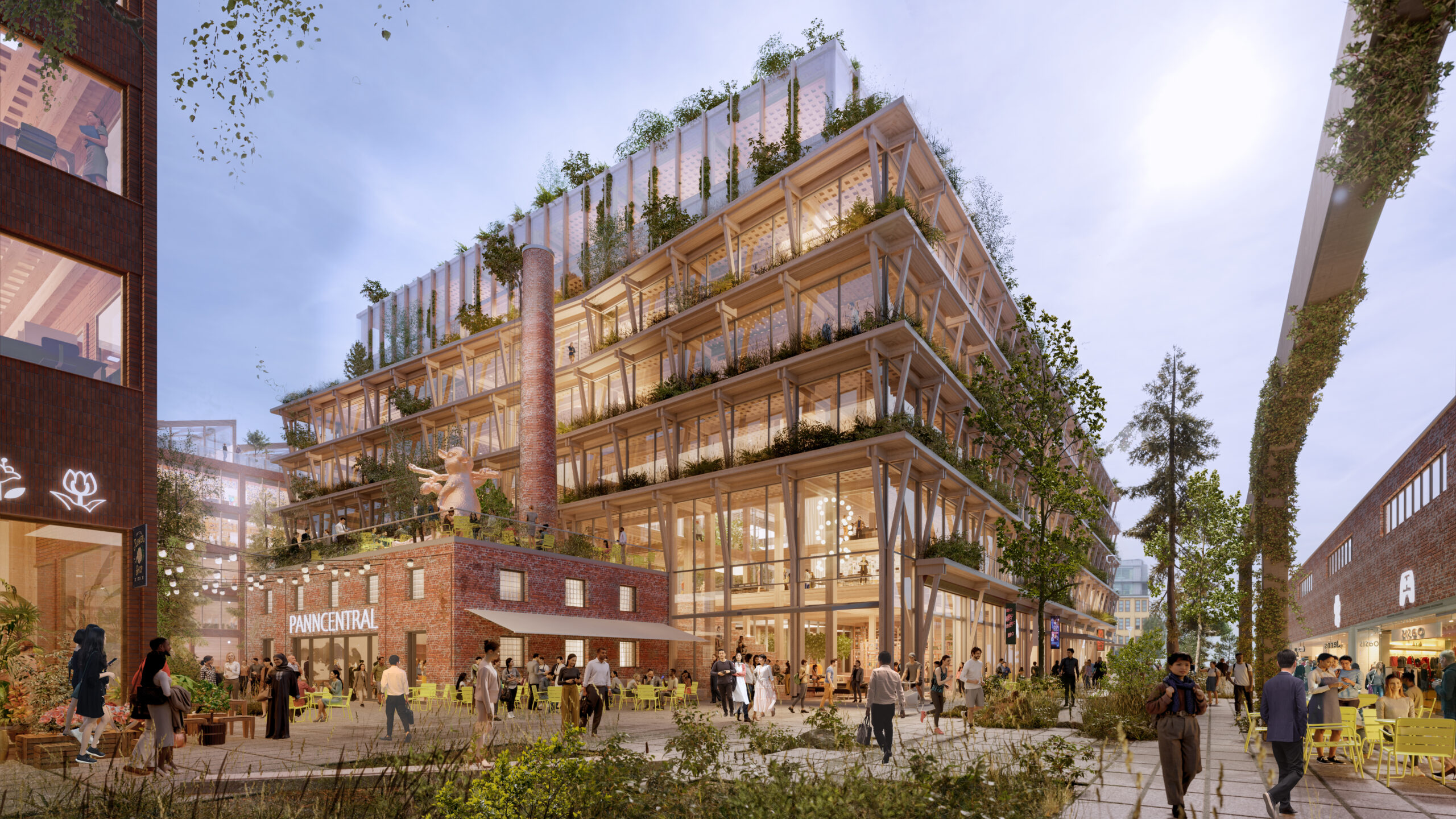
Susan Yurkovich
The lumber industry has made incredible progress on codes and standards and in the market share for wood construction. …This month, SLB Director Susan Yurkovich, President and CEO of Canfor, highlights how the SLB is increasing demand for lumber in both new and traditional applications. “At Canfor, we believe the future of building is rooted in sustainability, and lumber is central to that future,” she says. “As a company that operates in both Canada and the United States, we’re proud to be a part of a North American industry that is advancing the use of lumber in both traditional and emerging applications. The Softwood Lumber Board is leading that charge by growing the market for mass timber and highlighting the benefits of using responsibly sourced materials. Their exceptional efforts are playing a critical role in positioning lumber as a renewable, low-carbon solution while helping to drive demand for smart, sustainable construction.”

 As we’re now well into 2025, the hardwood flooring industry continues to evolve in response to broader shifts in how people design and inhabit their spaces. From residential builds to commercial interiors, there’s a growing appetite for natural materials that offer both durability and design versatility—and wood remains a standout. With its timeless appeal and ability to suit a wide range of design aesthetics, it continues to be a foundational material in interior architecture. A key trend gaining traction is the use of tactile, textured finishes. Glossy surfaces are making way for more organic aesthetics, like wire-brushed, matte or hand-scraped textures that bring warmth and visual depth to a room. These finishes complement today’s more relaxed and natural design styles and offer practical benefits, like helping to conceal everyday wear in high-traffic environments.
As we’re now well into 2025, the hardwood flooring industry continues to evolve in response to broader shifts in how people design and inhabit their spaces. From residential builds to commercial interiors, there’s a growing appetite for natural materials that offer both durability and design versatility—and wood remains a standout. With its timeless appeal and ability to suit a wide range of design aesthetics, it continues to be a foundational material in interior architecture. A key trend gaining traction is the use of tactile, textured finishes. Glossy surfaces are making way for more organic aesthetics, like wire-brushed, matte or hand-scraped textures that bring warmth and visual depth to a room. These finishes complement today’s more relaxed and natural design styles and offer practical benefits, like helping to conceal everyday wear in high-traffic environments. With recent U.S. decisions increasing countervailing duties on Canadian softwood lumber to over 35%, there’s an unprecedented level of uncertainty about how the market will be impacted. These escalating tariffs threaten to disrupt supply chains, inflate costs, and reshape the forestry industry. At BC Wood, we’re dedicated to helping you navigate these challenges. Which is why we will be hosting a Tariffs Panel at the Global Buyers Mission (September 4, 2025). Introduced by Minister Ravi Parmar, the panel will bring together top leaders to analyze the challenges, opportunities, and strategies amid escalating trade tensions. Moderated by Mo Amir, GM of SPF Precut Lumber, the panel will include: Nick Arkle, CEO, Gorman Brothers Lumber; Liz Kovach, President, Supply-Build Canada; and Kurt Niquidet, President, BC Lumber Trade Council.
With recent U.S. decisions increasing countervailing duties on Canadian softwood lumber to over 35%, there’s an unprecedented level of uncertainty about how the market will be impacted. These escalating tariffs threaten to disrupt supply chains, inflate costs, and reshape the forestry industry. At BC Wood, we’re dedicated to helping you navigate these challenges. Which is why we will be hosting a Tariffs Panel at the Global Buyers Mission (September 4, 2025). Introduced by Minister Ravi Parmar, the panel will bring together top leaders to analyze the challenges, opportunities, and strategies amid escalating trade tensions. Moderated by Mo Amir, GM of SPF Precut Lumber, the panel will include: Nick Arkle, CEO, Gorman Brothers Lumber; Liz Kovach, President, Supply-Build Canada; and Kurt Niquidet, President, BC Lumber Trade Council.
 Canada’s first commercial carbon capture cement facility is now under construction in Mississauga Ont., backed by $10 million in federal funding. The project is part of the country’s effort to reduce industrial emissions. The project, led by Calgary-based startup Carbon Upcycling in partnership with Ash Grove Cement, aims to capture carbon dioxide from cement production and turn it into a low-carbon material that can replace part of traditional cement. Minister Evan Solomon, … said “These collaborative projects supporting our climate goals and enhancing our global competitiveness”. The facility will use Carbon Upcycling’s technology to mix captured CO2 with steel byproducts like slag to create a powder similar to cement used in construction. Carbon Upcycling CEO Apoorv Sinha said the system could reduce emissions from cement by up to 40%. …Sinha said the new facility will store up to 150 kilograms of carbon dioxide in every tonne of low-carbon cement it produces.
Canada’s first commercial carbon capture cement facility is now under construction in Mississauga Ont., backed by $10 million in federal funding. The project is part of the country’s effort to reduce industrial emissions. The project, led by Calgary-based startup Carbon Upcycling in partnership with Ash Grove Cement, aims to capture carbon dioxide from cement production and turn it into a low-carbon material that can replace part of traditional cement. Minister Evan Solomon, … said “These collaborative projects supporting our climate goals and enhancing our global competitiveness”. The facility will use Carbon Upcycling’s technology to mix captured CO2 with steel byproducts like slag to create a powder similar to cement used in construction. Carbon Upcycling CEO Apoorv Sinha said the system could reduce emissions from cement by up to 40%. …Sinha said the new facility will store up to 150 kilograms of carbon dioxide in every tonne of low-carbon cement it produces.

 British Columbia remains at the forefront of mass timber design and implementation globally. The province has the highest number of mass timber buildings per capita of any other place in North America, and leads the country with more than 285 mass timber buildings. B.C.’s Mass Timber Action Plan has driven the expansion of mass timber construction, manufacturing, and workforce development across the province. This has increased the number of mass timber buildings and positioned B.C. as a critical exporter of knowledge and products to international markets. Metrics such as overall building count, advancements in carbon reduction, and the adoption of encapsulated mass timber construction (EMTC) standards in other regions all reflect our sustained leadership. Eric Andreasen, the vice-president of marketing and sales at Adera Development, spoke to Tanya Martins of Construction Canada and shed light on how B.C. is on its way to becoming the leader in mass timber development globally.
British Columbia remains at the forefront of mass timber design and implementation globally. The province has the highest number of mass timber buildings per capita of any other place in North America, and leads the country with more than 285 mass timber buildings. B.C.’s Mass Timber Action Plan has driven the expansion of mass timber construction, manufacturing, and workforce development across the province. This has increased the number of mass timber buildings and positioned B.C. as a critical exporter of knowledge and products to international markets. Metrics such as overall building count, advancements in carbon reduction, and the adoption of encapsulated mass timber construction (EMTC) standards in other regions all reflect our sustained leadership. Eric Andreasen, the vice-president of marketing and sales at Adera Development, spoke to Tanya Martins of Construction Canada and shed light on how B.C. is on its way to becoming the leader in mass timber development globally.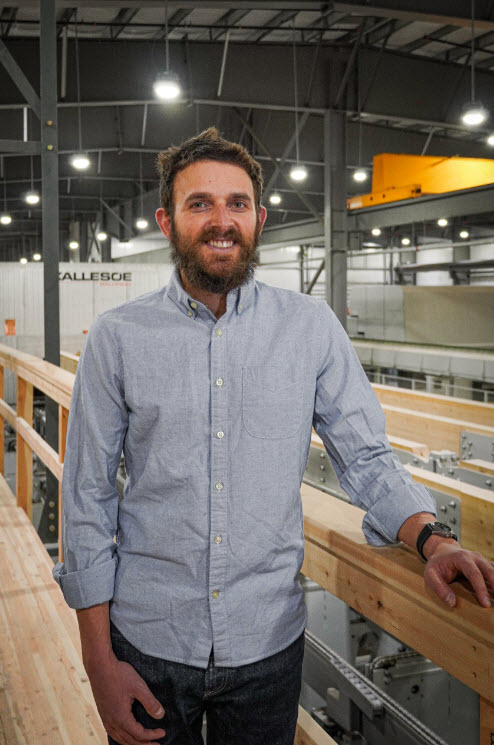
 Join us for our 22nd Annual GBM September 4th to 6th, where we will host international buyers and specifiers from all around the world, to meet our Canadian suppliers in Whistler. If you are an industry member and thinking about exhibiting to get yourself in front of these buyers and decision-makers, ACT FAST! We only have 5 booth spaces left, and they will go on a first-come basis. Industry surveys from 2024 indicated an anticipated $37 million in new sales from contacts made at the GBM. We anticipate many “new to GBM” Buyers again this year, and with hard work of our overseas staff, the continued assistance of the federal International Trade Commissioner Service and the provincial Trade & Investment Representatives abroad, we expect an excellent group of Buyers from across the globe. As usual, we will host BC Wood’s AGM, deliver Specifier Workshops and the exclusive Building Connections program.
Join us for our 22nd Annual GBM September 4th to 6th, where we will host international buyers and specifiers from all around the world, to meet our Canadian suppliers in Whistler. If you are an industry member and thinking about exhibiting to get yourself in front of these buyers and decision-makers, ACT FAST! We only have 5 booth spaces left, and they will go on a first-come basis. Industry surveys from 2024 indicated an anticipated $37 million in new sales from contacts made at the GBM. We anticipate many “new to GBM” Buyers again this year, and with hard work of our overseas staff, the continued assistance of the federal International Trade Commissioner Service and the provincial Trade & Investment Representatives abroad, we expect an excellent group of Buyers from across the globe. As usual, we will host BC Wood’s AGM, deliver Specifier Workshops and the exclusive Building Connections program.  Don’t miss the BC Wood newsletter. Headlines include:
Don’t miss the BC Wood newsletter. Headlines include: TORONTO — George Brown College’s (GBC) Limberlost Place has helped trigger major changes to Ontario’s building codes and is playing a key role in the province’s strategy to grow its mass timber construction sector, college officials say. The 10-storey academic building—Canada’s first institutional structure made from mass timber and designed to achieve net-zero carbon emissions—has served as a catalyst for the Ontario government’s Advanced Wood Construction Action Plan, unveiled on June 26. The action plan outlines four goals: Promote awareness and use of advanced wood construction; Remove regulatory barriers in codes and standards; Stimulate innovation and investment in advanced manufacturing; and Showcase successful projects to build industry confidence. Limberlost Place embodies all four goals. …By demonstrating the viability and benefits of mass timber at scale, George Brown College has positioned itself—and Ontario—as a leader in sustainable construction and advanced wood manufacturing.
TORONTO — George Brown College’s (GBC) Limberlost Place has helped trigger major changes to Ontario’s building codes and is playing a key role in the province’s strategy to grow its mass timber construction sector, college officials say. The 10-storey academic building—Canada’s first institutional structure made from mass timber and designed to achieve net-zero carbon emissions—has served as a catalyst for the Ontario government’s Advanced Wood Construction Action Plan, unveiled on June 26. The action plan outlines four goals: Promote awareness and use of advanced wood construction; Remove regulatory barriers in codes and standards; Stimulate innovation and investment in advanced manufacturing; and Showcase successful projects to build industry confidence. Limberlost Place embodies all four goals. …By demonstrating the viability and benefits of mass timber at scale, George Brown College has positioned itself—and Ontario—as a leader in sustainable construction and advanced wood manufacturing.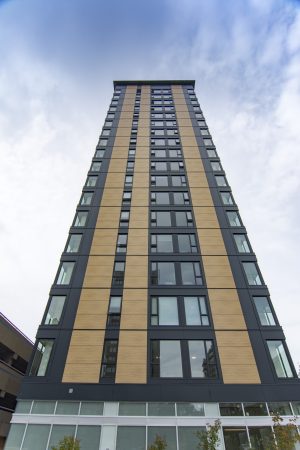 There may have been dissension surrounding the Morris Street bikeway, but the Halifax mayor and regional council found common ground with mass timber. Mayor Andy Fillmore tabled a motion at Tuesday’s council meeting to direct the chief administrative officer to prepare a staff report that, with changes to land-use bylaws and amendments to a municipal planning strategy, would knock down barriers to mass timber construction to help expedite housing builds. That would include the potential to increase the height of built-form requirements from 10 to 12 storeys for mass timber construction. The motion passed unanimously. “The principal reason (for supporting the mayor’s motion) is that this unlocks some newfound potential in local supply,” Coun. Jean St-Amand (Bedford-Wentworth) said. “I think that’s something that can have a very positive impact to the acceleration of our ability and our capacity to build.
There may have been dissension surrounding the Morris Street bikeway, but the Halifax mayor and regional council found common ground with mass timber. Mayor Andy Fillmore tabled a motion at Tuesday’s council meeting to direct the chief administrative officer to prepare a staff report that, with changes to land-use bylaws and amendments to a municipal planning strategy, would knock down barriers to mass timber construction to help expedite housing builds. That would include the potential to increase the height of built-form requirements from 10 to 12 storeys for mass timber construction. The motion passed unanimously. “The principal reason (for supporting the mayor’s motion) is that this unlocks some newfound potential in local supply,” Coun. Jean St-Amand (Bedford-Wentworth) said. “I think that’s something that can have a very positive impact to the acceleration of our ability and our capacity to build.

 If some banks or financial institutions have long been poised to abandon paper records, a representative to Congress is saying “Not so fast. US Rep. Mike Turner, R-Dayton, said he reintroduced his “Protecting Against Paperless and Electronic Requirement (PAPER) Act” recently. This legislation would prohibit financial institutions from abandoning paper records to use electronic bank statements. For many years, banks would print and mail monthly bank statements to all customers. For a while now, though, paper bank statements have been replaced by electronic statements. …The PAPER Act would bar financial institutions from restricting services based on a customer’s preference for paper statements, making certain that all Americans can participate in our banking system in a way that works best for them.” …In March, President Trump signed an executive order mandating that the federal government shift from paper-based payments to electronic payments.
If some banks or financial institutions have long been poised to abandon paper records, a representative to Congress is saying “Not so fast. US Rep. Mike Turner, R-Dayton, said he reintroduced his “Protecting Against Paperless and Electronic Requirement (PAPER) Act” recently. This legislation would prohibit financial institutions from abandoning paper records to use electronic bank statements. For many years, banks would print and mail monthly bank statements to all customers. For a while now, though, paper bank statements have been replaced by electronic statements. …The PAPER Act would bar financial institutions from restricting services based on a customer’s preference for paper statements, making certain that all Americans can participate in our banking system in a way that works best for them.” …In March, President Trump signed an executive order mandating that the federal government shift from paper-based payments to electronic payments.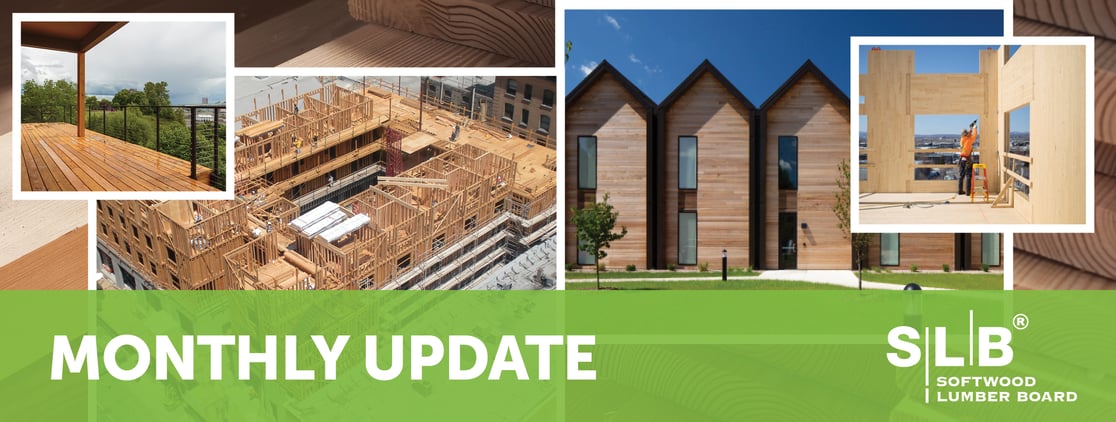
 Mass timber may have antimicrobial benefits that could make it useful for hospital construction, according to a recent study from the University of Oregon. The research team found that when wood was exposed to a brief wetting, it tested lower for levels of bacterial abundance than an empty plastic enclosure used as a control. “People generally think of wood as unhygienic in a medical setting,” said Mark Fretz, assistant professor, co-director of the University of Oregon’s Institute for Health in the Built Environment and principal investigator for the study. “But wood actually transfers microbes at a lower rate than other less porous materials such as stainless steel.”
Mass timber may have antimicrobial benefits that could make it useful for hospital construction, according to a recent study from the University of Oregon. The research team found that when wood was exposed to a brief wetting, it tested lower for levels of bacterial abundance than an empty plastic enclosure used as a control. “People generally think of wood as unhygienic in a medical setting,” said Mark Fretz, assistant professor, co-director of the University of Oregon’s Institute for Health in the Built Environment and principal investigator for the study. “But wood actually transfers microbes at a lower rate than other less porous materials such as stainless steel.” Replacing concrete and steel with mass timber in buildings could significantly reduce global carbon emissions and spur the expansion of intensively managed forests, a new study by Yale School of the Environment research scientists found. Published in
Replacing concrete and steel with mass timber in buildings could significantly reduce global carbon emissions and spur the expansion of intensively managed forests, a new study by Yale School of the Environment research scientists found. Published in 
 A Seattle proposal to add more housing above the historic Doyle Building near Pike Place Market is bringing out significant opposition, with nearby condominium owners seeking to utilize the only point of leverage they have: the city’s landmarks board. Clark/Barnes architects are working with the owners of the four-story building….
A Seattle proposal to add more housing above the historic Doyle Building near Pike Place Market is bringing out significant opposition, with nearby condominium owners seeking to utilize the only point of leverage they have: the city’s landmarks board. Clark/Barnes architects are working with the owners of the four-story building…. 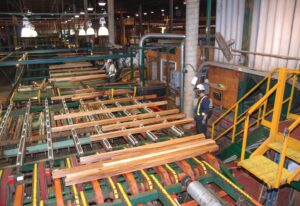
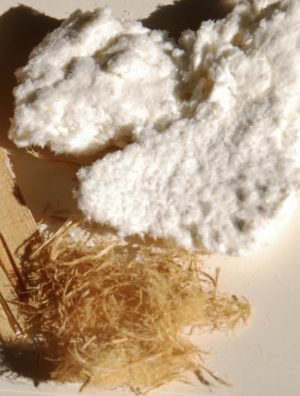

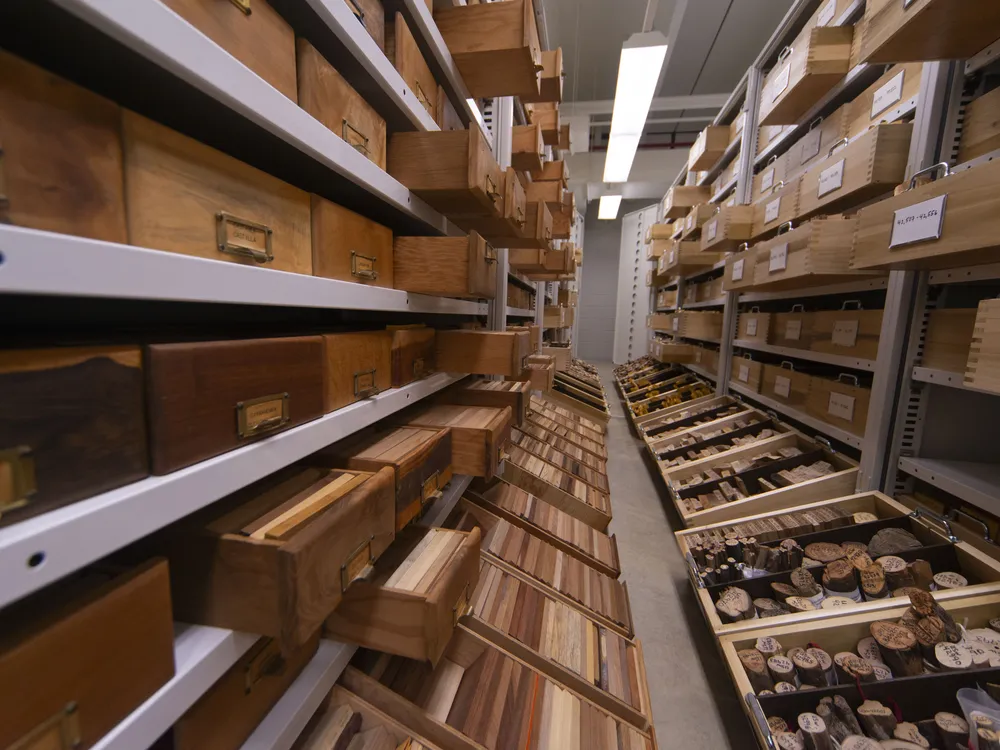
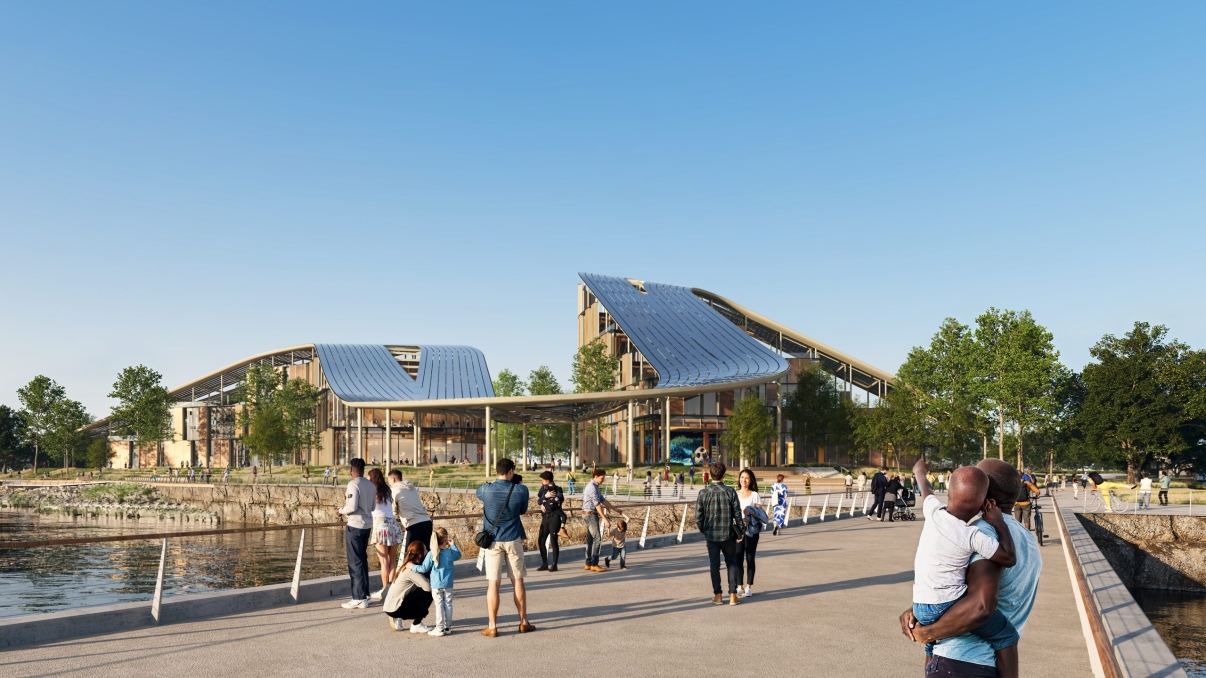
 PENSACOLA, Florida — A Beloit, Wisconsin-based general contractor will have a share in redeveloping a beachfront park in Florida. Pensacola, Florida-based The Dawson Company announced Beloit-based Corporate Contractors will be a co-developer, co-owner and investment partner in the first phase of a $200 million redevelopment of Community Maritime Park in Pensacola. Diane Hendricks, named the richest self-made woman in the US by Forbes and cofounder of ABC Supply, owns Corporate Contractors through the Hendricks Holding Company. …The first phase of construction involves two mass timber towers for the Reverb by Hard Rock Hotel and Rhythm Lofts, plans showed. The project will also have an affordable aspect, plans added. …In Wisconsin, CCI’s portfolio includes the Beloit College Powerhouse and The Grain mass timber development in Delafield. CCI is currently the owner’s representative for the $500 million Ho-Chunk Nation Casino and Convention Center underway in Beloit.
PENSACOLA, Florida — A Beloit, Wisconsin-based general contractor will have a share in redeveloping a beachfront park in Florida. Pensacola, Florida-based The Dawson Company announced Beloit-based Corporate Contractors will be a co-developer, co-owner and investment partner in the first phase of a $200 million redevelopment of Community Maritime Park in Pensacola. Diane Hendricks, named the richest self-made woman in the US by Forbes and cofounder of ABC Supply, owns Corporate Contractors through the Hendricks Holding Company. …The first phase of construction involves two mass timber towers for the Reverb by Hard Rock Hotel and Rhythm Lofts, plans showed. The project will also have an affordable aspect, plans added. …In Wisconsin, CCI’s portfolio includes the Beloit College Powerhouse and The Grain mass timber development in Delafield. CCI is currently the owner’s representative for the $500 million Ho-Chunk Nation Casino and Convention Center underway in Beloit.
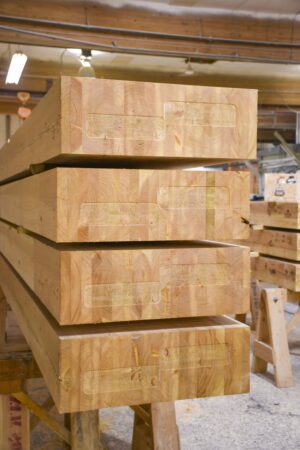 CHICAGO — …Milwaukee, our neighbor to the north has become a hotbed for the development of timber towers — tall buildings that use relatively new mass timber technologies that can replace the steel and concrete traditionally used to support such structures. Since 2022, Milwaukee has been home to the tallest timber tower in the world — the 25-story Ascent MKE at 284 feet in height. That’s no Sears Tower, but when you consider that most wood-framed buildings are one to four stories tall, it’s quite an achievement. …For all the stunning achievements that Chicago architects and engineers have accomplished over the last century and a half, there’s still a deeply conservative streak that runs through the city’s building culture. Fire, through several key historical events, is at fault. …So, perhaps it’s not surprising that we now lag many places in the development of new construction with mass timber.
CHICAGO — …Milwaukee, our neighbor to the north has become a hotbed for the development of timber towers — tall buildings that use relatively new mass timber technologies that can replace the steel and concrete traditionally used to support such structures. Since 2022, Milwaukee has been home to the tallest timber tower in the world — the 25-story Ascent MKE at 284 feet in height. That’s no Sears Tower, but when you consider that most wood-framed buildings are one to four stories tall, it’s quite an achievement. …For all the stunning achievements that Chicago architects and engineers have accomplished over the last century and a half, there’s still a deeply conservative streak that runs through the city’s building culture. Fire, through several key historical events, is at fault. …So, perhaps it’s not surprising that we now lag many places in the development of new construction with mass timber. Mass timber is an emerging construction technology growing in popularity in the United States. One obstacle to the gradual adoption of mass timber construction is the limited availability of qualified engineers and designers. Although successful efforts have been made to address research topics related to mass timber design and … adoption as a construction material, little research has been conducted to identify desired student outcomes for undergraduate civil or structural engineering students working with mass timber after graduation. This paper describes the development of an industry-guided educational resource for curriculum development to improve the alignment between undergraduate student outcomes and employer requirements related to mass timber design. …The findings reflect a prioritization of competencies related to the design of mass timber elements and structures, an understanding of material characteristics, the navigation of available design resources, contributions to project deliverables, and the support of sustainability goals.
Mass timber is an emerging construction technology growing in popularity in the United States. One obstacle to the gradual adoption of mass timber construction is the limited availability of qualified engineers and designers. Although successful efforts have been made to address research topics related to mass timber design and … adoption as a construction material, little research has been conducted to identify desired student outcomes for undergraduate civil or structural engineering students working with mass timber after graduation. This paper describes the development of an industry-guided educational resource for curriculum development to improve the alignment between undergraduate student outcomes and employer requirements related to mass timber design. …The findings reflect a prioritization of competencies related to the design of mass timber elements and structures, an understanding of material characteristics, the navigation of available design resources, contributions to project deliverables, and the support of sustainability goals.  The European Federation of Wooden Pallet and Packaging Manufacturers (FEFPEB) has advised that the EU Deforestation Regulation (EUDR) will not have significant implications for customers using wood pallets and packaging for transport. The organization
The European Federation of Wooden Pallet and Packaging Manufacturers (FEFPEB) has advised that the EU Deforestation Regulation (EUDR) will not have significant implications for customers using wood pallets and packaging for transport. The organization  AUCKLAND, New Zealand — Consent has been granted for construction to begin on a $100 million development on Auckland’s Karangahape Rd that will have retail and office spaces. The 11-storey timber building will be located minutes from the new Karanga-a-Hape Station which is part of the City Rail Link*. Developers James Kirkpatrick Group (JKG) are planning to begin construction in early 2027 after reaching an agreement with Auckland Council. JKG managing director James Kirkpatrick said “This development will create a new benchmark for sustainable urban design and construction in New Zealand and will enable the city to realise the full social and economic potential of the City Rail Link. The building is designed by globally renowned local architects Fearon Hay and is targeting a world-leading 6 Green Star sustainability rating.
AUCKLAND, New Zealand — Consent has been granted for construction to begin on a $100 million development on Auckland’s Karangahape Rd that will have retail and office spaces. The 11-storey timber building will be located minutes from the new Karanga-a-Hape Station which is part of the City Rail Link*. Developers James Kirkpatrick Group (JKG) are planning to begin construction in early 2027 after reaching an agreement with Auckland Council. JKG managing director James Kirkpatrick said “This development will create a new benchmark for sustainable urban design and construction in New Zealand and will enable the city to realise the full social and economic potential of the City Rail Link. The building is designed by globally renowned local architects Fearon Hay and is targeting a world-leading 6 Green Star sustainability rating.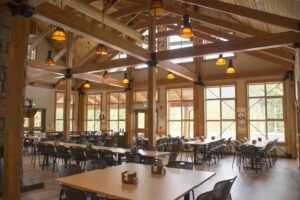 Decarbonizing the economy requires a large-scale transition from fossil carbon-containing feedstocks to minerals and biomass, notably wood in buildings. Increasing harvesting is under discussion to meet the supply of wood for ‘timber cities’, with potentially negative impacts on forests and biodiversity. Here we investigate pathways to timber cities, including their impacts on land use, energy use and greenhouse gas emissions by quantifying global and regional wood cycles using Bayesian material flow analysis. We show that shifting wood fuel to industrial use and maximizing circular use of wood can make timber cities possible with the current harvest volume. Our results reveal that these pathways have better environmental performance than increased harvesting, reducing total CO2 equivalent emissions by 2100 by 40.8 Gt compared to business as usual. To achieve the wood transition, regional and cross-sectoral governance and planning are needed, addressing national-level pathways and inter-regional wood transport.
Decarbonizing the economy requires a large-scale transition from fossil carbon-containing feedstocks to minerals and biomass, notably wood in buildings. Increasing harvesting is under discussion to meet the supply of wood for ‘timber cities’, with potentially negative impacts on forests and biodiversity. Here we investigate pathways to timber cities, including their impacts on land use, energy use and greenhouse gas emissions by quantifying global and regional wood cycles using Bayesian material flow analysis. We show that shifting wood fuel to industrial use and maximizing circular use of wood can make timber cities possible with the current harvest volume. Our results reveal that these pathways have better environmental performance than increased harvesting, reducing total CO2 equivalent emissions by 2100 by 40.8 Gt compared to business as usual. To achieve the wood transition, regional and cross-sectoral governance and planning are needed, addressing national-level pathways and inter-regional wood transport. 
